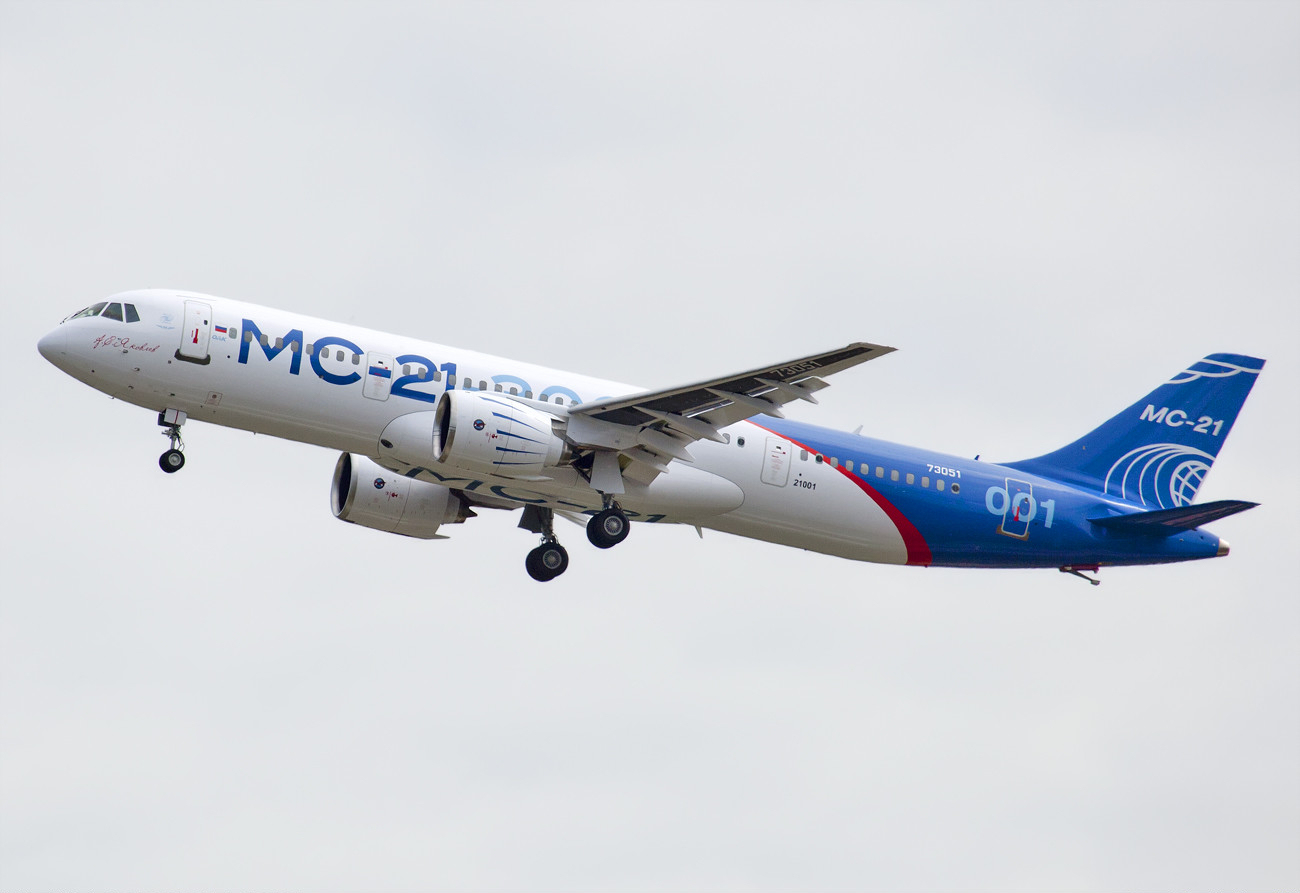On 9 February 2023 President Putin addressed an audience of representatives from the civil airline industry on the occasion marking 100 years of domestic air travel. He was characteristically defiant: ‘To live with wolves is to howl like wolves,’ he said of the West and sanctions. In a meeting earlier in the day he had pronounced Russia ‘the best country in the world’. Putin displays a Bolshevik attachment to numbers and his address did not disappoint:
‘Today, civil aviation is 225 airports, of which 80 have international status, more than 100 airlines, 18 institutions of higher and secondary vocational education, as well as other organizations. In total, these structures, your structures, employ almost 200,000 specialists who professionally solve the most complex and responsible tasks.’
As for sanctions, ‘in the difficult, difficult 2022, Russian airlines in general transported more than 95 million passengers’ (one fifth below pre-pandemic traffic and roughly one third of a country like the UK). The Russian Government had allocated 147 billion roubles to the industry, he announced, and more funds were on the way.
This article reviews what sanctions have been applied to Russia’s airline industry and their effects. The picture is less rosy than Putin paints.
The March sanctions and their immediate consequences
Russia had been a major market for global lessors who partner with Boeing and Airbus. Following the introduction of Western sanctions against the Russian aviation sector, lessors were forced to terminate contracts. Insurance and maintenance of these aircraft was also terminated. The Russian Government, however, refused to allow the aircraft to leave the country. As a result, around 400 aircraft worth about $10 billion remained in Russian possession. A number of leasing companies recorded this as a loss and applied for insurance payments. This provoked legal wrangles between lessors and insurers. The Russian Ministry of Transport in the meantime began double-registering aircraft and permitting their use on domestic routes.
2022 – Subsequent developments
The Russian national carrier and largest air carrier in Russia is Aeroflot. There are around another 30 regional, low-cost or charter airline companies. Aeroflot Group (AFLT) is a majority state-owned, loss-making entity dependent on state subsidies. In 2021, total passenger traffic of the group, which includes Aeroflot itself, carrier Rossiya and low-cost carrier Pobeda, amounted to 45.8 million people (or 41.3% of all Russian airlines). Pre-pandemic, Aeroflot accounted for more than 45% of international traffic, which provided 60% of revenue. Closing European and other jurisdictions to Russian aircraft has been a blow. Russian aircraft can no longer fly to Latin America, for example, where they are not blocked, because of refuel, maintenance and emergency requirements.
Aeroflot Group’s revenue in 2021 amounted to 491.7 billion roubles, a loss of 34.5 billion roubles, and net debt of 704.5 billion roubles. In 2022, after additional capitalisation, the state-owned share of PJSC Aeroflot increased from 57.34% to 73.77%. In 2022 it received subsidies of almost 50 billion roubles on top of the additional capitalisation.1 It may be assumed 2023 will be another loss-making year.

The total Aeroflot Group fleet comprises 357 aircraft, of which 13 were impounded.2 Aeroflot itself has 180 aircraft on its books, of which 150 are flying. In October, facing difficulties sustaining airworthiness of the fleet the Ministry of Transport prepared a draft resolution allowing the repair of foreign-made civilian ships using non-original spare parts. The following month, Aeroflot reported 50 aircraft or one quarter of the fleet was idle due to the lack of spare parts. In January, the Russian government legalised the cannibalisation of Western components to keep aircraft flying.
At the end of 2022, behind-the-doors discussions emerged between the Russian Ministry of Transport, airline companies, and foreign lessors over potential schemes for purchasing the stranded aircraft. Revelations of these negotiations surfaced in a court case in Ireland, where large lessors are suing insurers, including Lloyd’s of London, over the payment of insurance for aircraft remaining in Russia. Russian officials are not over-optimistic over settlement. A decision requires unanimous approval in the European Union which it is currently unlikely to achieve.
Russia, for its part, may not be in a hurry to settle. Russian authorities have been busy de-registering aircraft from the Bermuda registry and re-registering under the Russian Federation (RA) flag. The numbers are confusing and disputed because Western lessors are not allowed by law to de-register and aircraft cannot be double-registered. However, by the end of 2022, it appears Russian airlines had managed to return 201 foreign aircraft to overseas operation, including more than 150 Boeing and Airbus, by removing them from the register of Bermuda and re-registering them in the Russian Federation.
Aeroflot’s vision for 2023 -2030
On 30 January 2023, ahead of President Putin’s address to the civil aviation industry, Aeroflot announced its plans for the remainder of the decade. The headline statement was the retirement of 188 foreign aircraft or half the fleet by 2030, and their replacement with 339 new Russian-made liners’.
The plan
This plan is not credible. The evidence from 2022 suggests that even with the legalisation authorising cannibalisation and the use of non-standard spare parts, Aeroflot’s fleet of foreign aircraft will become grounded long before 2030 due to maintenance and safety considerations. To give two examples, before, it was possible to repair the fuel supply control unit (HMU) on Airbus A320 engines in 20 days. Now it takes 120 days. Over 2023-2024, it is estimated Russian airlines will have to repair 349 HMU sets for Airbus A320 engines. And second, with respect to the engines, Russia’s largest aviation maintenance company S7 Technic has not yet completed a single overhaul of a Western engine and conceded it has only ‘mastered’ around 17% of the parts.
This situation has provoked Aeroflot and other Russian airlines to request a procedure for exceptional extensions of maintenance intervals (TO) for Western aircraft, from the Federal Air Transport Agency and Rostransnadzor. In plain English, the airlines want to cut corners by extending maintenance intervals for individual components and authorising airworthiness when certain individual components manifest fault or failure (known as ‘permissible failures’). No Western jurisdiction would allow this. And second, separate from the maintenance of the existing fleet, there are significant uncertainties over the proposed Russian replacement airliners: 40 Tu-214s, 89 SSJ-NEWs and 210 MS-21s.

The Tu-214 is a derivative of the 1960s era Tu-204. Technically, it is a Tu-204-200 but aircraft assembled at the Kazan plant are designated ‘214’, and models built at Ulyanovsk are numbered ‘204’. It is powered by early 1990s Russian PS-90A engines. It made its maiden flight in 1996, but just three have been built and they have a feature incompatible with Aeroflot’s requirement: a three-crew cabin. Aeroflot CEO Sergei Aleksandrovsky has explained the airline company needs a model with a two-crew cabin (because there is no third station on Aeroflot aircraft, or training for such a post). In his words, ‘Of the Tu-214, we will definitely have requirements for the transition or bringing it to a two-member crew. This is a difficult task for the manufacturer, but we will not remove this requirement and will insist on it’.
Realistically, Tupolev are unlikely to redesign an airliner cockpit in a short time frame. In fact, Aeroflot does not really want this aircraft at all. As CEO Aleksandrovsky has admitted, the option is only being pursued due to uncertainties with the MS-21:
‘But how the MS-21 will fly, how long it will be in controlled operation, how the process of joint improvements will take place – no one will answer these questions now. The presence in the fleet of Tu-214, a flying aircraft with understandable characteristics, will allow Aeroflot to bring the MS-21 to the required conditions in a calm rhythm.’
The SSJ-NEW (this is a SSJ 100 or ‘Sukhoi Super Jet’) also has problems. The original aircraft was only built thanks to Western parts and technology (75% is foreign). The ‘NEW’ variant is an attempt to Russify the aircraft. Critically, the imported SaM146 engines need to be replaced. The PD-8 replacement engine has been a saga of setbacks. Bench testing of this engine was only completed last May. The intention to deliver the first two SSJ-NEWs for December 2023 does not appear realistic. It will only take one crash, as happened to the Il-112V in the summer of 2021, killing the experienced test crew, to bring the programme to a halt.

MS-21-300 – originally intended as a Russian competitor to the Boeing 737 – is another troubled aircraft programme hit by sanctions and dependence on Western technology. The aircraft only made its maiden flight in December 2021. In January 2023 Minister of Industry and Trade Denis Manturov made a symbolic flight from Moscow to the PJSC Il-Aviastar plant at Ulyanovsk and announced serial production would begin in 2025. This milestone may be achieved but only if problems with the PD-14 engine are resolved.
In sum, Aeroflot has placed a bet on three aircraft not in serial production and facing developmental challenges. The Director of the ACRA Corporate Ratings Group, Alexander Gushchin, has offered the honest voice: ‘Even if we assume that the domestic aviation industry will work only to provide for Aeroflot, the plans for the delivery of 339 aircraft by 2030 still look too optimistic.’
Cover photo from 2021. By Anna Zvereva: Aeroflot, VQ-BFY, Airbus A350-941, CC BY-SA 2.0
Sergio Miller
Sergio Miller is a retired British Army Intelligence Corps officer. He was a regular contributor and book reviewer forBritish Army Review. He is the author of a two-part history of the Vietnam War (Osprey/Bloomsbury) and is currently drafting a history of the Russian invasion of Ukraine.




